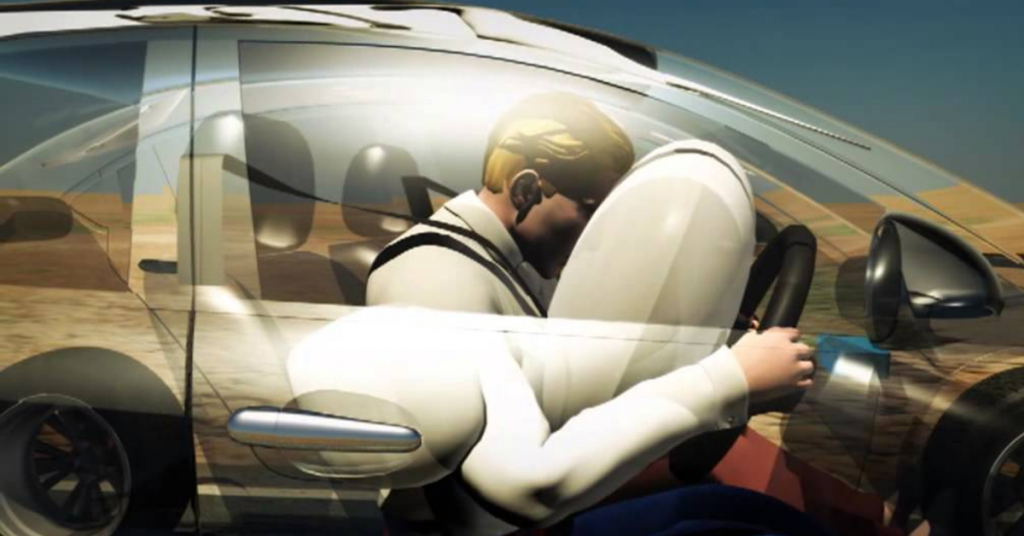In the ever-evolving world of automotive safety, two unsung heroes have saved countless lives: seatbelts and airbags. While they might seem like standard features today, their development and continuous innovation tell a powerful story of engineering brilliance and lifesaving foresight. With road traffic accidents remaining a leading cause of death globally, advancements in these technologies are not just technical achievements — they’re essential to public health.
A Brief History: From Basics to Breakthroughs
The seatbelt, in its earliest form, dates back to the early 1900s but only gained real traction in the 1950s and ’60s when research began to show its significant role in preventing fatalities during crashes. Volvo engineer Nils Bohlin introduced the modern three-point seatbelt in 1959 — a design so effective that it’s still in use today. Airbags, on the other hand, were conceptualized in the 1950s and became more widely adopted in the 1980s and ’90s. What began as a rudimentary cushioning system has evolved into a highly intelligent safety network embedded within the vehicle’s architecture.
Smarter Seatbelts: More Than Just a Strap
Today’s seatbelts are a far cry from their simple ancestors. Innovations have turned this basic restraint system into a smart, adaptive technology. Key developments include:
- Pretensioners and Load Limiters: These features help manage the force of the impact. Pretensioners tighten the belt milliseconds before a crash to reduce slack, while load limiters release a controlled amount of webbing to minimize chest injuries from belt pressure.
- Inflatable Seatbelts: Originally introduced by Ford, these belts combine traditional restraint with airbag technology. When deployed, they distribute crash forces more evenly across the passenger’s torso, reducing injury risks — particularly in children and the elderly.
- Adaptive Seatbelts: Paired with vehicle sensors, adaptive belts can adjust their tension based on occupant size, position, and crash severity. They offer personalized safety rather than a one-size-fits-all approach.
- Rear-Seat Enhancements: Once considered the “safer seat,” the rear has fallen behind in modern safety integration. But recent innovations are addressing this with improved restraints and crash-testing standards specifically for rear-seat passengers.
Airbag Evolution: A High-Speed Safety Net
Airbags have come a long way from their original single front-seat application. Today’s systems are a symphony of sensors, algorithms, and rapid-deployment mechanisms.
- Multi-Stage Deployment: Early airbags deployed at full force, which could injure smaller occupants. Now, smart sensors determine the speed and severity of a crash and adjust the airbag’s inflation accordingly.
- Side, Curtain, and Knee Airbags: These protect passengers during side impacts, rollovers, and lower-body injuries. Side curtain airbags, in particular, are crucial in preventing head injuries in rollover accidents.
- Pedestrian Airbags: Some automakers, like Volvo, have integrated external airbags to protect pedestrians in case of a front-end collision. These deploy from under the hood and cushion the windshield area.
- Center Airbags: Designed to prevent occupants from colliding with each other during a crash, center airbags deploy between the driver and front passenger. It’s a novel addition that tackles an often-overlooked aspect of crash dynamics.
Integration with Modern Tech: The Future Is Predictive

Today’s innovations go beyond mere physical deployment. Seatbelts and airbags are increasingly integrated with broader vehicle safety systems.
- AI and Sensor Fusion: Cars now use AI to analyze driver behavior, seat position, and external threats. This allows systems to prepare restraints and airbags in advance — tightening belts or adjusting seat positions before a crash even occurs.
- Connectivity with ADAS (Advanced Driver Assistance Systems): Features like automatic emergency braking, lane-keeping assist, and collision detection now work hand-in-hand with restraint systems. If a crash is imminent, ADAS can trigger preparatory actions from airbags and seatbelts before impact.
- Post-Crash Safety Measures: Some systems automatically loosen seatbelts and unlock doors after a crash, making it easier for occupants to exit or be rescued. Airbag modules can even signal emergency services with crash data.
Challenges and Considerations
While these technologies are impressive, they’re not without challenges. Cost remains a barrier, especially in low- and middle-income countries. Additionally, ensuring these systems work for all body types — including children, elderly, pregnant women, and people with disabilities — remains a key area of research.
Furthermore, the growing presence of autonomous and electric vehicles is reshaping how and where people sit in a car, demanding a reimagining of seatbelt and airbag design. Innovations like rotating seats and reclined driving positions introduce new complexity to crash safety dynamics.
Conclusion: A Safer Ride for All
Seatbelts and airbags have transformed from basic safety tools into intelligent guardians that anticipate, adapt, and act in milliseconds to save lives. As vehicles become smarter and roads more complex, the innovation behind these safety systems must keep pace. Whether it’s through AI integration, adaptive restraints, or external pedestrian protection, the future of road safety hinges on continuous improvement.
Leave a Comment